The Most Trusted Name in News is a Fake
Several weeks ago I posted on the life and passing of Walter Cronkite and noted that in the early 70s Mr. Cronkite was identified as the most trusted person in America. I wondered aloud whether we could find any contemporary figure so trusted, much less among members of the news media.
That was intended as a rhetorical question. But in the wake of Mr. Cronkite’s passing, Time magazine conducted a survey to see who fills Mr. Cronkite’s role today: the most trusted network broadcaster.
And the winner is…..
The most trusted newscaster in 2009, by an overwhelming margin, is not Katie Couric (7%) or Charlie Gibson (19%) or even Brian Williams (29%).
None of the Big Three network anchors topped the list.
Rather, Jon Stewart, host of the fake news program The Daily Show on Comedy Central, was ranked the most trusted newscaster, with 44% of the national sample.
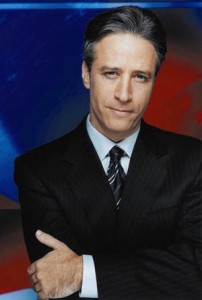
Katie Couric, who has sat in Walter Cronkite’s anchor chair on the CBS Evening News since she replaced Dan Rather in 2006, continues to trail the other network anchors.
Charlie Gibson began anchoring ABC World News in 2006, after co-anchoring ABC’s Good Morning America for 19 years.
Brian Williams has been the anchor of NBC Nightly News since 2004, after anchoring the news on NBC’s sister networks MSNBC and CNBC.
State-By-State Results
Perhaps more interesting than the nationwide numbers is how broadly Mr. Stewart is trusted. He tops the list in 38 states.
Ms. Couric tops the list only in Iowa. Mr. Gibson is the most trusted newscaster only in Montana and Tennessee; Mr. Williams is the most trusted in Vermont, Delaware, South Carolina, Florida, Indiana, North Dakota, Nebraska, Wyoming, and Arizona.
Mr. Stewart and Mr. Williams are tied for most trusted in Kentucky and Alaska.
In all other states Mr. Stewart is on top: urban and rural, coastal and inland, red state and blue state; California and New York, but also Arkansas and Utah.
Most Influential Political Commentator Since 2004
This shouldn’t come as a surprise. In early 2005, after Mr. Stewart’s smack-down of Tucker Carlson and Paul Begala on CNN’s Crossfire in October, 2004, a New York Times editorial called Mr. Stewart “perhaps the most influential political commentator on television.” The Times noted that this may be “in itself a sign of the times” and offered that “maybe this could be the start of something big.”
Four years later that something big is a bit disturbing. Last week New York Times columnist Frank Rich lamented this new reality:
“The real question is this: How many of those with similarly exalted perches in the news media today — and those perches, however diminished, still do exist in the multichannel digital age — will speak truth to power when the country is on the line? This journalistic responsibility cannot be outsourced to Comedy Central and Jon Stewart.”
Jester as Truth-Teller
Stewart is part of a long line of jesters who can get away with telling unpleasant truths cloaked in the pretense of parody – including calling out the news media for its excesses and blind spots.
But even he occasionally veers away from satire and holds people’s feet to the fire (as he did with CNBC entertainer Jim Cramer earlier this year).
I’m Chevy Chase and You’re Not
American comedy has a rich history of setting perceptions about political leaders: Saturday Night Live, which makes no pretense of being anything other than entertaining, has set Americans’ views of politicians since it started in 1975.
Chevy Chase channeled President Gerald Ford falling off a ladder and tripping over his desk, and Americans forever after saw Ford – an athletic former football player – as a klutz.
Last year Tina Fey channeled then-Governor Sarah Palin of Alaska, and added a new phrase to the political lexicon: It was Fey, not Governor Palin, who said “I can see Russia from my house!” But nearly a year later that line is attributed to Governor Palin, much to her disadvantage.
Chase’s and Fey’s takes on political leaders were impersonations, not news parody. But each comedian also sat in a fake anchor chair – Weekend Update – itself a precursor to Stewart’s own perch on The Daily Show.
First Tragedy, and Then Farce
In a way it’s unfair to compare Ms. Couric, Mr. Gibson, and Mr. Williams to Mr. Cronkite. They compete in an all-news-all-the-time environment, where Americans have virtually limitless choices of where to get their news. Mr. Cronkite ruled in an age where the three networks set the agenda.
Today the three compete not just with each other but with 24-hour cable news, the internet, blogs, twitter, Facebook, e-mail, etc. But also with entertainment programs, including Comedy Central’s offerings: The Daily Show with Jon Stewart and The Colbert Report with Stephen Colbert.
Further, Mr. Cronkite stepped into the breech when Americans experienced their first wave of disillusionment with government institutions: the credibility gap of the Vietnam war and Watergate. Journalists were seen as glamorous figures who kept citizens informed and served as a counterbalance to government lies.
Now many once-trusted institutions have seen trust plummet. Even journalism has suffered its own decline in recent decades. Indeed, CNN, which still uses the slogan “the most trusted name in news” seems to veer from all-the-time coverage of one scandal to the next: Michael Jackson was the lead story for weeks.
So today, with a vacuum of trust in major institutions, trust resides with the jester. As Frank Rich noted, public trust is too important to outsource to Comedy Central. But so far Jon Stewart and Comedy Central seem to be the broadcasters most willing to confront hypocrisy, indifference, and media dysfunction head on.
And audiences are responding. They’re more likely to trust a fake newscast than a real one.
I’ll keep an eye on this trend, and welcome your thoughts.
Fred


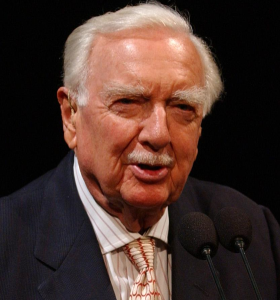
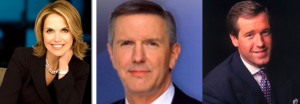


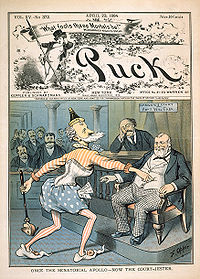
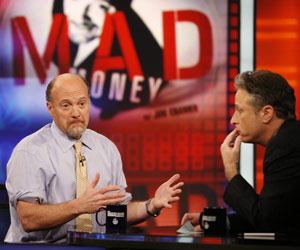
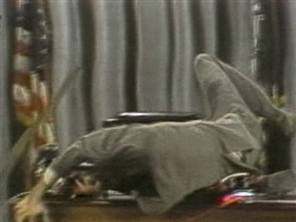
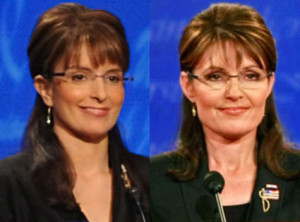
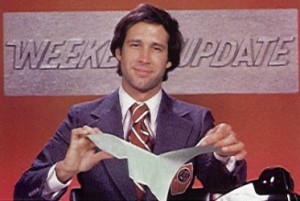

Leave a Reply
Want to join the discussion?Feel free to contribute!